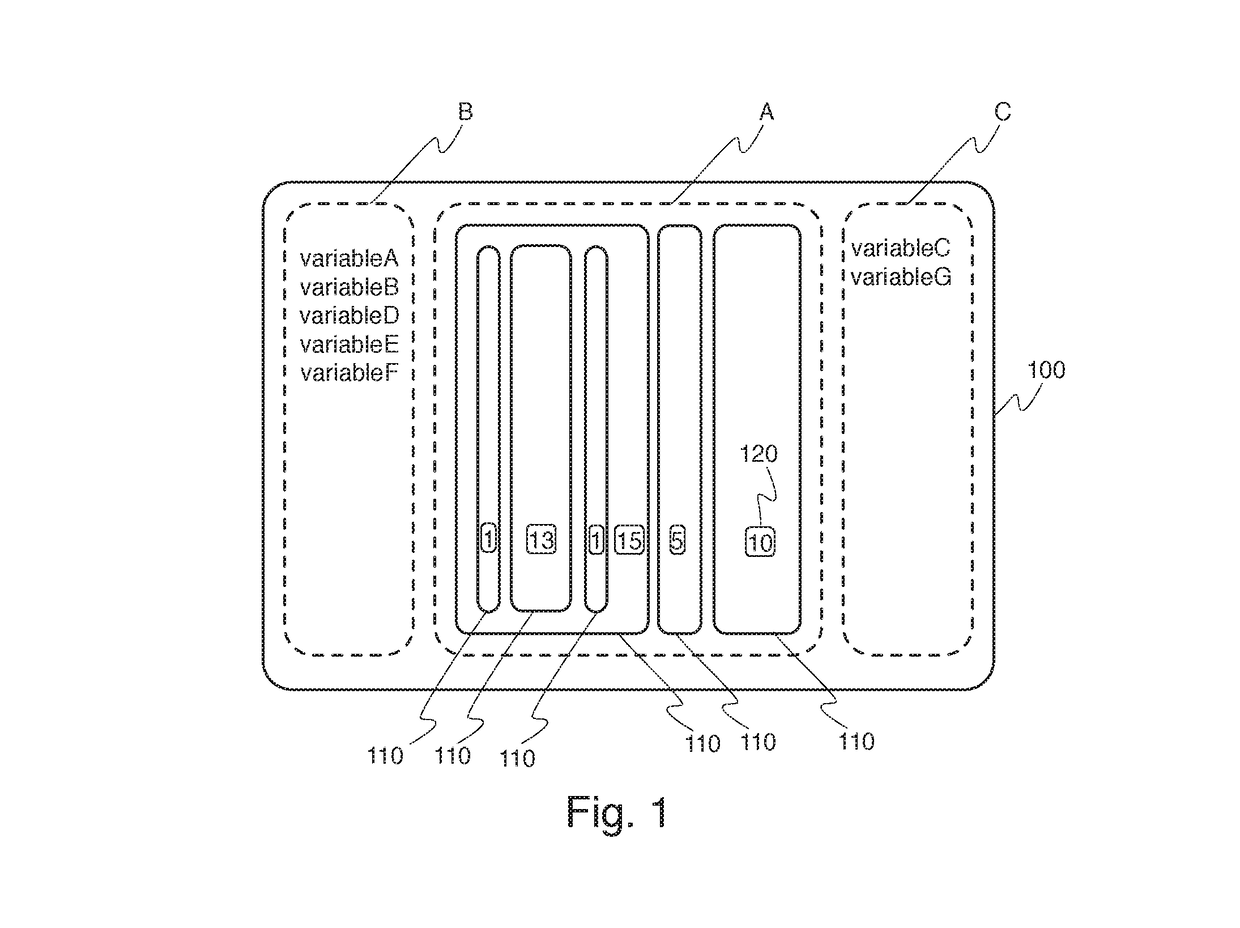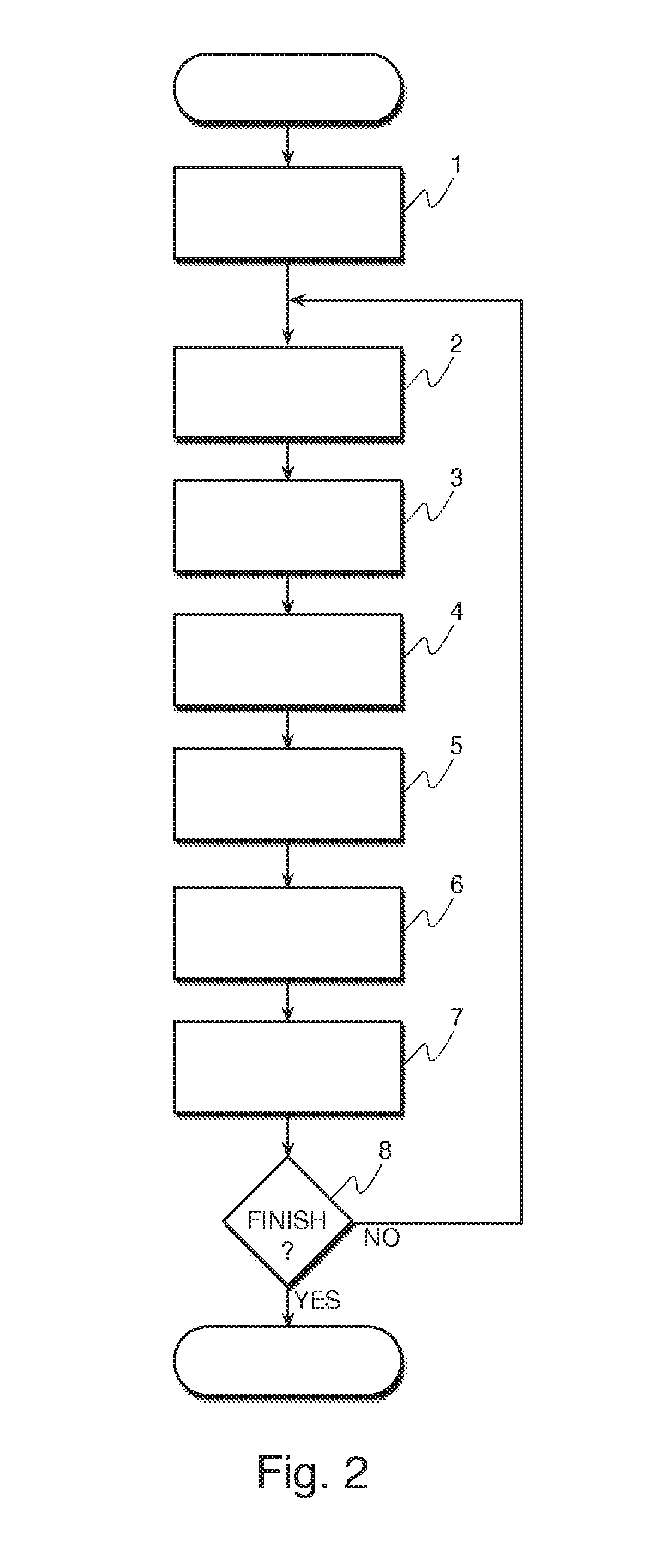User-controlled iterative sub-clustering of large data sets guided by statistical heuristics
a statistical heuristic and user-controlled technology, applied in the field of cluster analysis, can solve the problems of limiting the usefulness of unsupervised hierarchical cluster algorithms for practical analytic purposes, lack of relevance between the resulting cluster structure and the analytical task, and unsupervised clustering approach does not automatically provide representations, etc., to achieve statistically maximally effective distinctions, avoid conceptual noise, and guarantee the relevance of the analytic task
- Summary
- Abstract
- Description
- Claims
- Application Information
AI Technical Summary
Benefits of technology
Problems solved by technology
Method used
Image
Examples
Embodiment Construction
[0034]The following embodiments are exemplary. Although the specification may refer to “an”, “one”, or “some” embodiment(s), this does not necessarily mean that each such reference is to the same embodiment(s), or that the feature only applies to a single embodiment. Features of different embodiments may be combined to provide further embodiments.
[0035]In the following, features of the invention will be described with a simple example of a cluster analysis method with which various embodiments of the invention may be implemented. Only elements relevant for illustrating the embodiments are described in detail. Details that are generally known to a person skilled in the art may not be specifically described herein.
[0036]In an embodiment of the invention, the software supporting iterative subclustering analysis provides a user interface which comprises of three areas. This embodiment is illustrated in FIG. 1, which illustrates an user interface 100. The first panel (A) shows the result...
PUM
 Login to View More
Login to View More Abstract
Description
Claims
Application Information
 Login to View More
Login to View More - R&D
- Intellectual Property
- Life Sciences
- Materials
- Tech Scout
- Unparalleled Data Quality
- Higher Quality Content
- 60% Fewer Hallucinations
Browse by: Latest US Patents, China's latest patents, Technical Efficacy Thesaurus, Application Domain, Technology Topic, Popular Technical Reports.
© 2025 PatSnap. All rights reserved.Legal|Privacy policy|Modern Slavery Act Transparency Statement|Sitemap|About US| Contact US: help@patsnap.com


